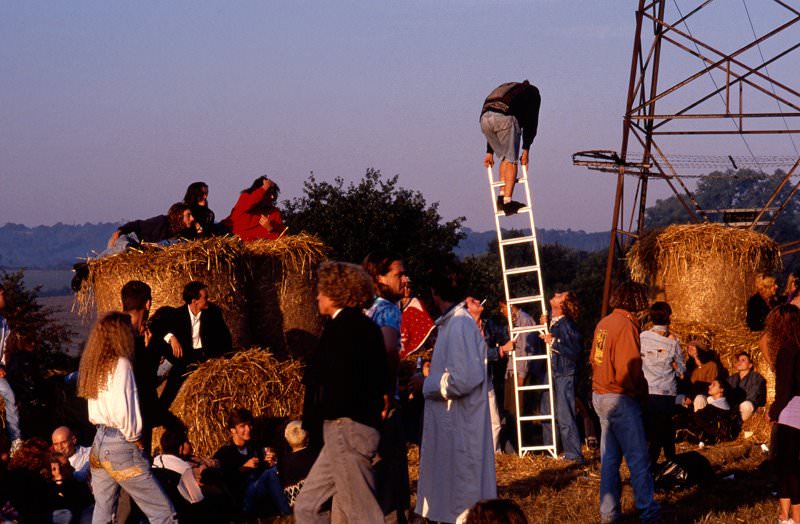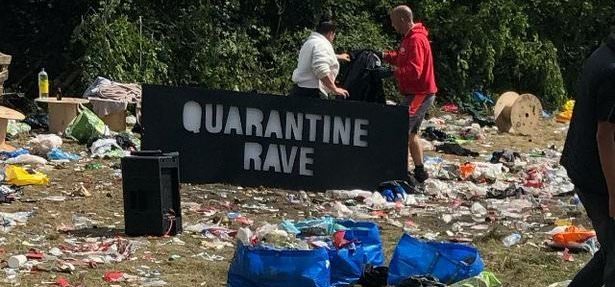With nightclub venues still closed, experts are predicting a summer of illegal raves, perhaps reaching the levels of 1989.
As lockdown measures have been loosened across England, police have experienced a rise in illegal raves thrown in motorway underpasses, parks and industrial estates, as reported by the Guardian this week. The illicit parties are broadcast on Snapchat and Instagram; their locations revealed an hour before midnight by WhatsApp messages.
The Guardian reported this week that James Morsh, a club promoter from Nottingham organised what was said to be the first socially distanced rave in a forest in Nottingham last month. Describing the rise in raves as a “new revolution”, Morsh said; “You know the summer of 89? I think this is a new revolution on the scale of that … All the clubs are shut, everyone is at home, people have been cooped up at home for three months. As soon as they catch wind of anything, on Snapchat, Instagram stories or whatever, they’re like, ‘Where’s that? WhatsApp me the pin’.”
Whilst most unlicenced events occur safely, illegal parties can escalate dangerously. Last week, about 6,000 people attended two raves in Greater Manchester, leaving one man dead of a suspected drugs overdose, a woman reporting a rape and three reported stabbings.
Mike Kill, chief executive of the Night Time Industries Association states that such events are prompted by the absence of clubs. “The night-time economy and events sector provide safe spaces for young people to express themselves, but are currently unable to open, DIY alternatives are being organised by opportunists, using unscrupulous suppliers who are purely focused on financial gain, with no regard for the safety of those attending.”

Kill also pins the increase in illegal raves on lockdown measures, which have left youth despondent and “socially starved”. This has been exacerbated by the government’s failure to announce when clubbing can commence legally.
“Without very clear timelines there’s a lot of people looking at creating their own opportunities, socially, and putting on raves – almost like the 80s in some respects.”
Main photo: Manchester Evening News
